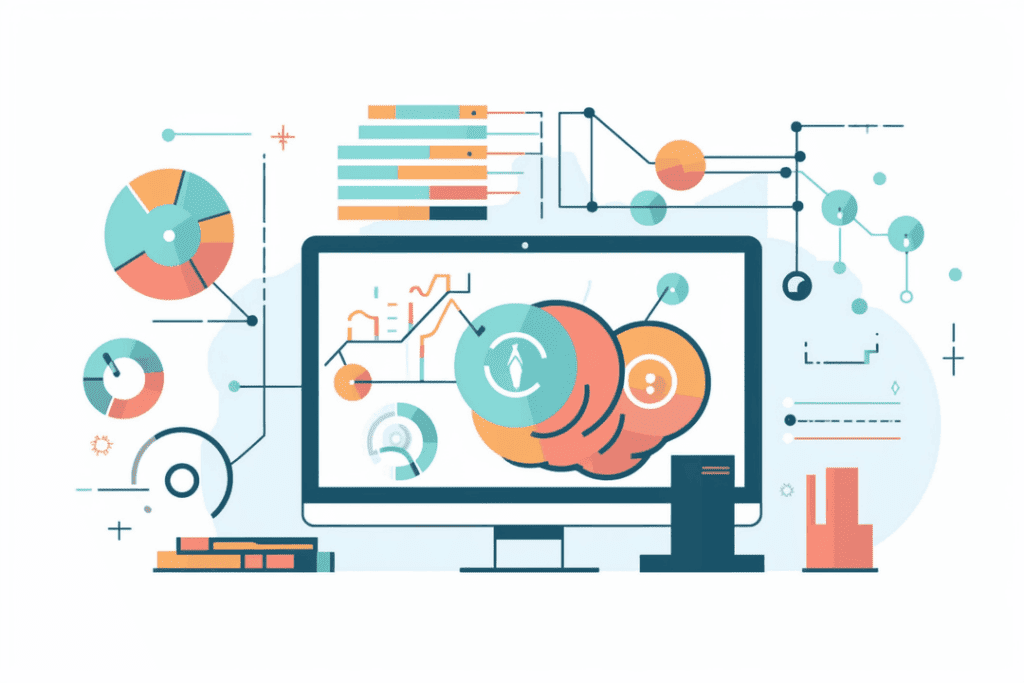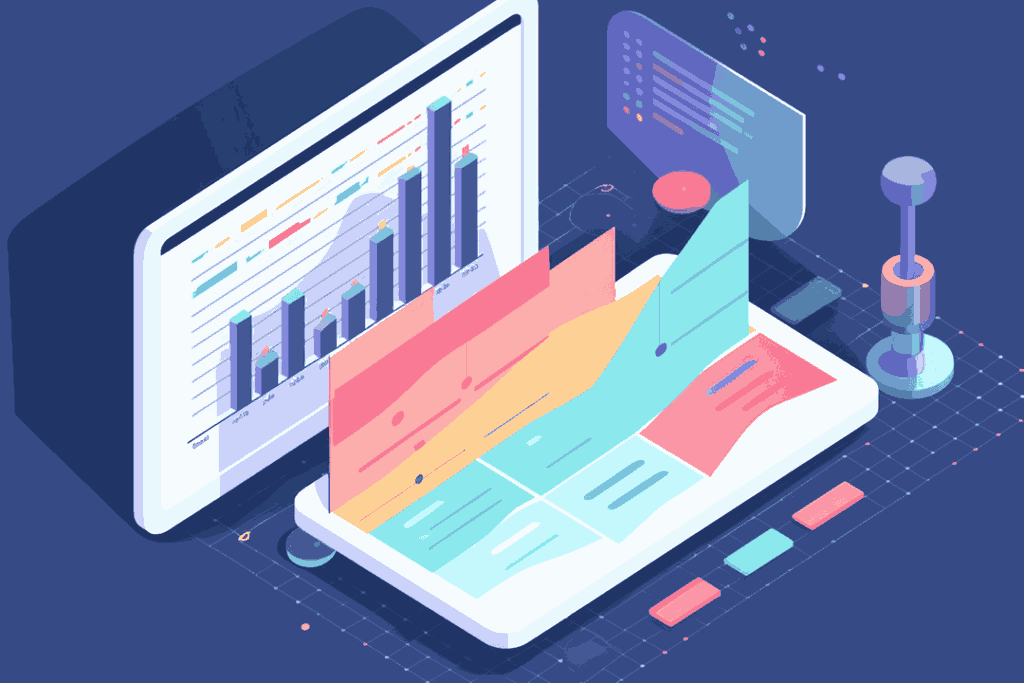E-commerce is competitive. But for Shopify, your returning customer rate is important for your growth.
To do this, you need to understand the customer return rate (also known as the repurchase rate or product repurchase rate).
Let’s explore how to understand it and use it for your Shopify store.
What is The Returning Customer Rate?
The returning customer rate calculates the group of your customers that come back to purchase another product.
The way you calculate this is by taking the number of customers that returned to your store, and then dividing it by the total number of customers you have.
Once you get this number, you’ll likely want to see how you’re doing against your competition.
In general, the optimal rate to shoot for here is about 20-40%. Having it in this range means that your customers love your product enough to come back.
If you get it higher though, then congratulaltions, you’re a rockstar in your industry.
How to Check your Customer Return Rate?
Step 1: Download a Data Analytics App such as BytheNumbers
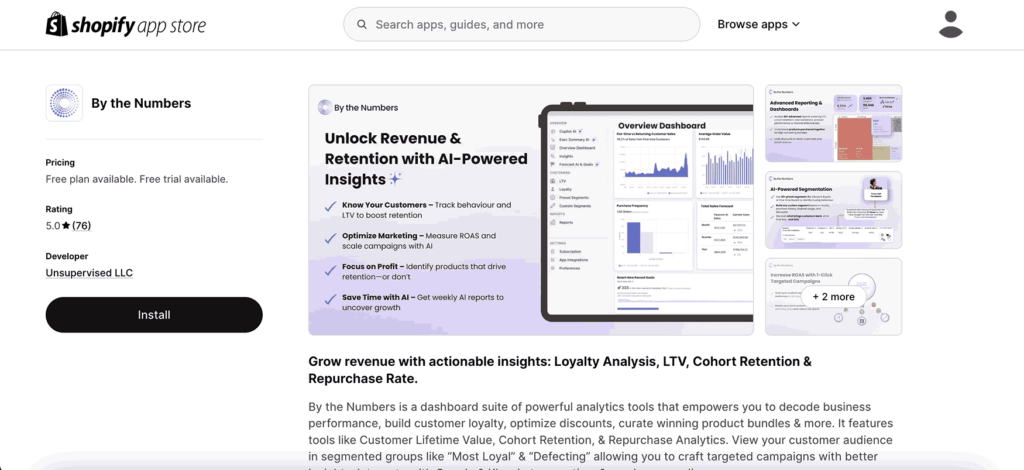
Step 2: Click Reports on the Left and Select
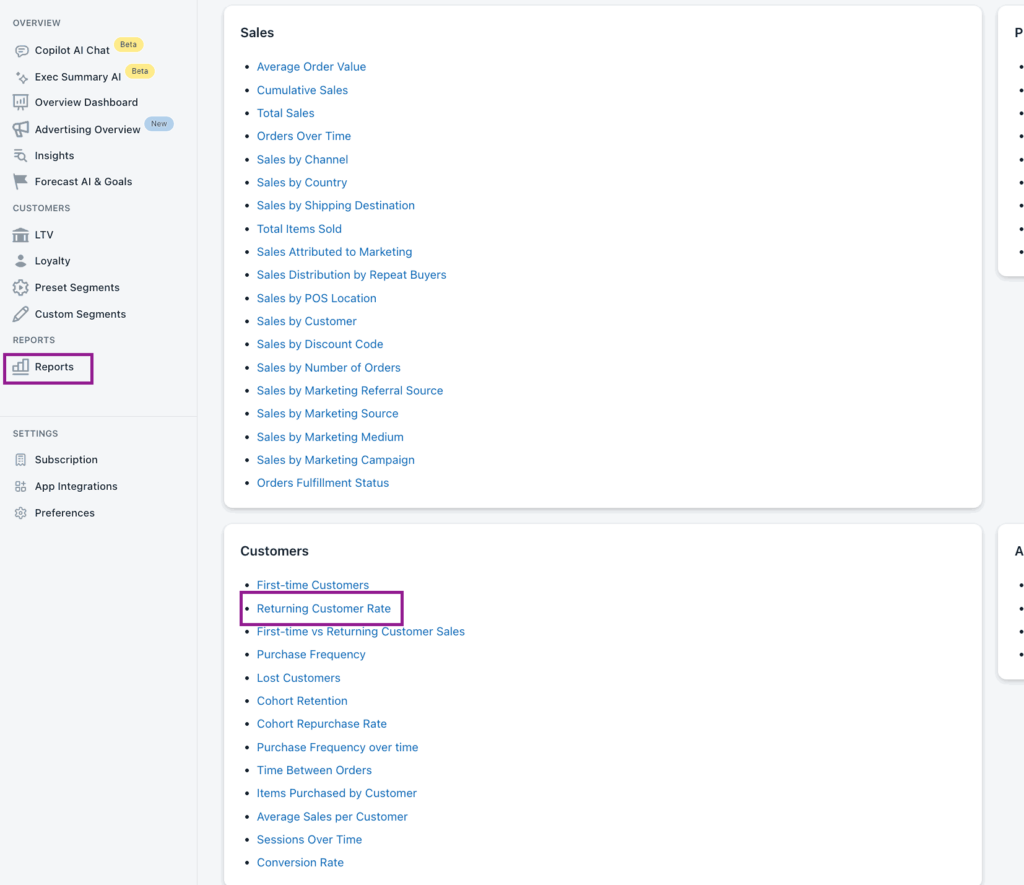
Step 3: On the Report Scroll to the Below Table to See Your Cusotmer Return Rate
In the top left, choose what date range you want, and beside it, choose if you want to group it by
- Hour
- Day
- Week
- Month
- Year
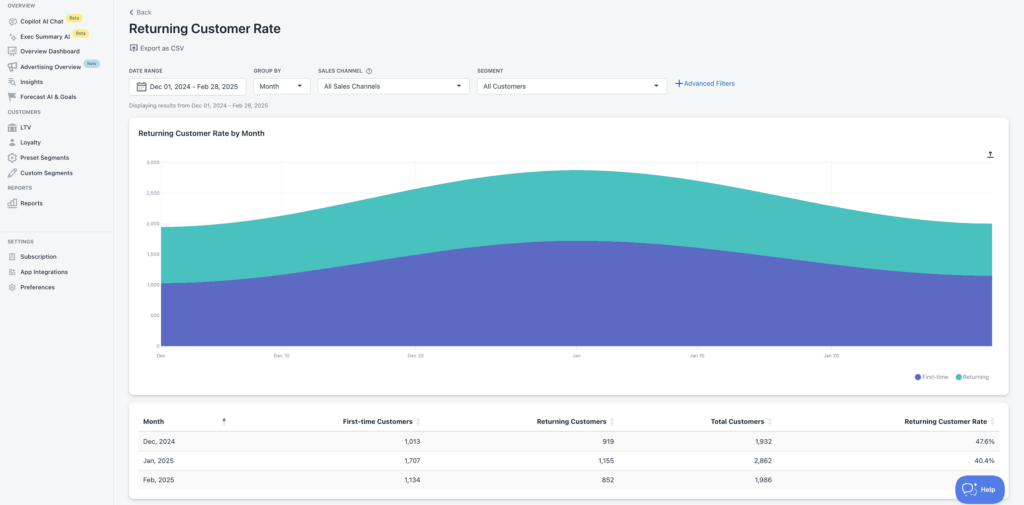
Why is the Returning Customer Rate Important for Shopify?
1) Crucial Insights
The Returning Customer Rate shows you the percentage of customers who liked a product enough to buy it again.
Understanding this helps you identify your star products. You don’t want to be investing in a product that doesn’t even sell right? That’s just unnecessary pain. Let’s figure out the products people like, and then just sell more of that.
2) Customer Loyalty
To sell is one thing, but to be able to retain a customer is a different ball game.
This comes with a different level of expertise. We assume you created your store because you want a constant stream of customers coming to your store.
New customers are great. But the returning customers are the ones you build your brand on. They’re the ones who give you the social proof needed to solidify your brand.
The repurchase rate is calculated by dividing the number of customers who have made more than one purchase by the total number of customers in the same period. It’s a measure of customer loyalty, indicating how many return for additional purchases.

By the Numbers
Empower your business with our Shopify Data Driven App

- ✔ Know Your Audience Behavior
- ✔ Deep Customer Segmentation
- ✔ Retarget With Integrations
- ✔ All The KPIs & Reports You Need
How to Increase Your Shopify Returning Customer Rate
If you’ve read this far, it means you know that this metric is way too important to ignore.
Increasing your returning customer rate on Shopify involves:
-
- Offering More Personalized Offers: If you have customers all over the world for example, tailor your store and products to meet their needs
- Smooth and Easy Checkout Process: You know what’s annoying? Wanting to buy a product but the checkout process is taking forever. This could be because of site speed, or even some other unoptimized process.
- Establish Trust and Care in Customers: No one wants to buy from someone they can’t trust (would you?). Make sure your experience is one where the customer knows whatever product or service they’re getting, it will help their needs.
Leveraging Segmentation
Segmentation involves grouping customers based on common traits.
By the Numbers lets you access and create segments for targeted campaigns and in-depth customer analysis. With this Shopify app, you can access pre-built segments, or create your own custom segments, to gain insights on your customers behavior and preferences.
One segment we have is the “Top 25th Percentile Customers by Total Sales” segment.
This shows you high-value customers. If you pair this with the Products Sold report for insights into their preferred products. This allows for tailored recommendations and offers.
Comparing behaviors of discount users and non-users is another strategy. Segments like “Full Price Customers” and “Non-full Price Customers,” combined with the Total Sales report, provide a clear view of each group’s performance over time.
Your Path to a Better Shopify Returning Customer Rate
With the Shopify Product Repurchase Analysis from By the Numbers, you’re not just running a store; you’re growing a community of loyal customers. It’s a journey of discovery, where each insight leads to smarter decisions and a stronger connection with your audience.
Ready to enhance your Shopify repurchase rate? Install By the Numbers today. and start optimizing your sales strategy today.

By the Numbers
Empower your business with our Shopify Data Driven App

- ✔ Know Your Audience Behavior
- ✔ Deep Customer Segmentation
- ✔ Retarget With Integrations
- ✔ All The KPIs & Reports You Need

